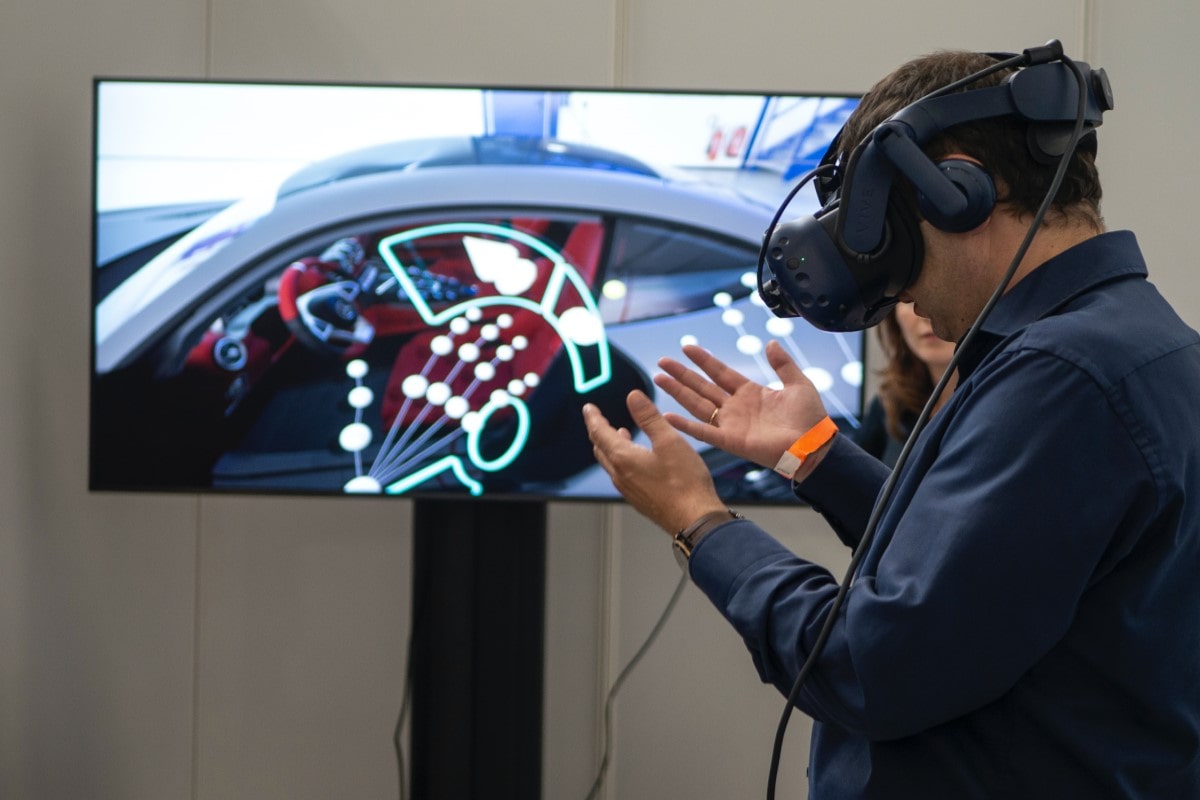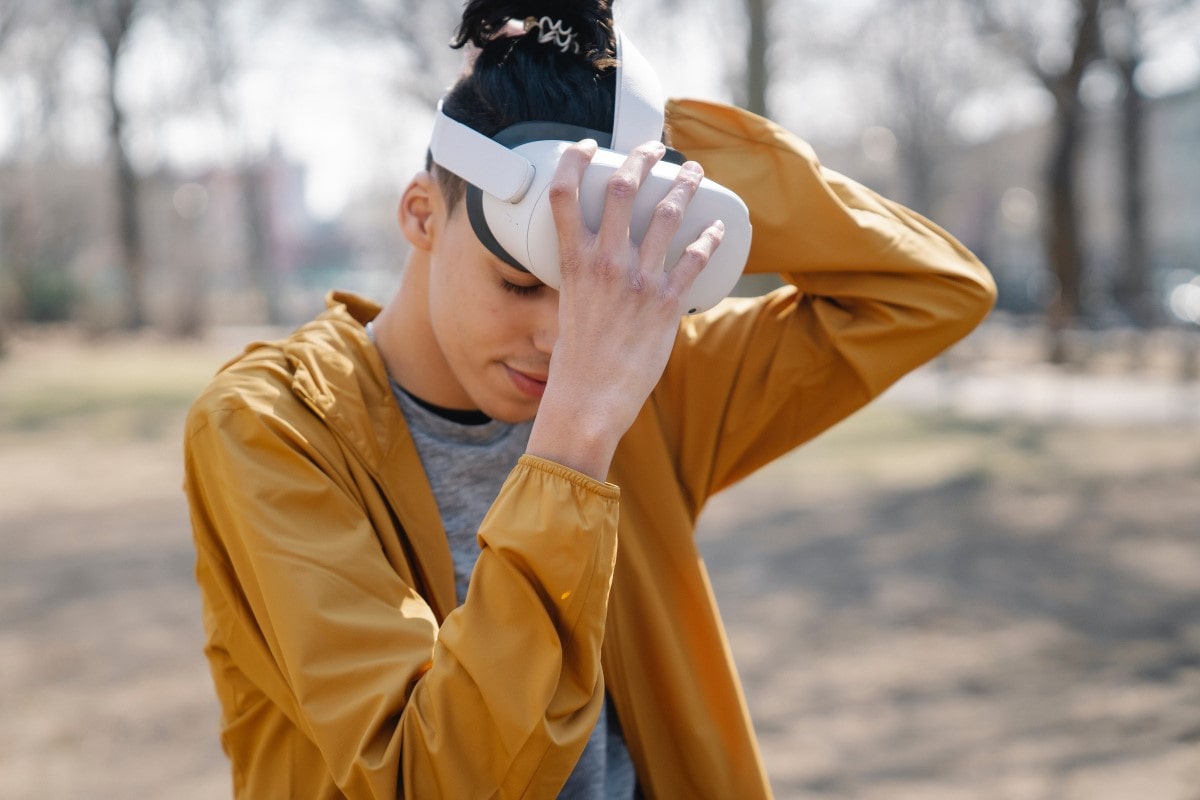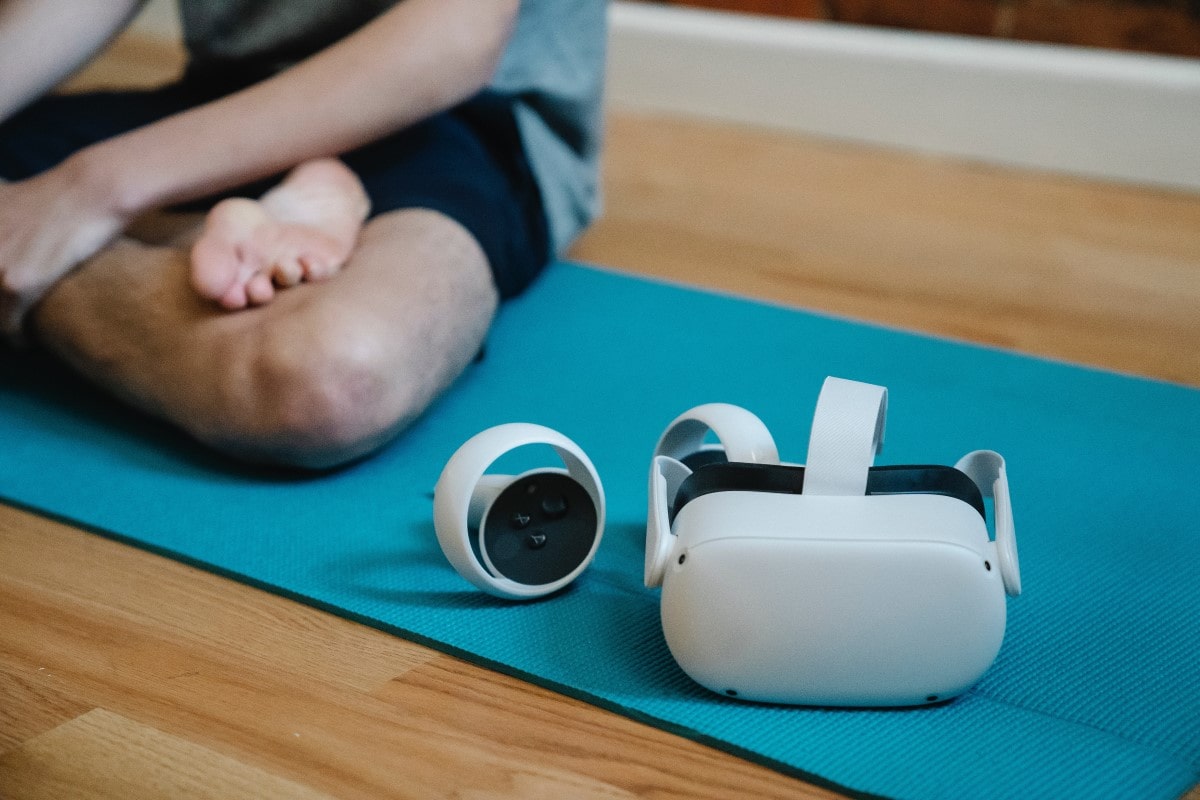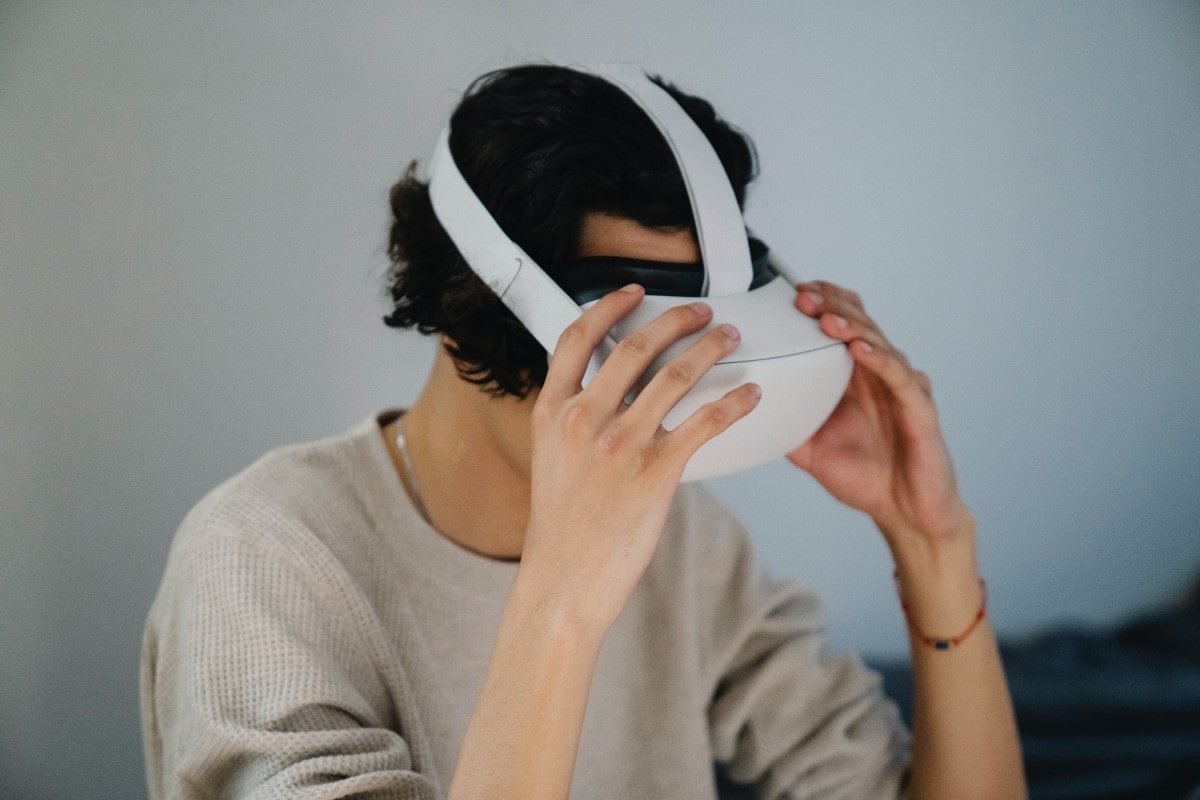Is VR Bad for Your Eyes?
VR, or virtual reality, is all the rage right now. But, considering how it works, is VR bad for your eyes? After all – VR headsets place their lenses and images so close to your eyes!
If you feel that’s impacted your vision, let’s explore some possible reasons and see how to prevent that from happening.
Experiencing an alternate reality with VR
Before we examine how it can affect your eyes, how exactly does VR work?
Standing for “Virtual Reality”, VR is a popular tool used to create an immersive digital environment you can richly experience using a special headset.
It’s a relatively new technology, but it’s been making waves. You’ll see VR being used to its full potential in these fields:
- Interactive education
- Hands-on simulation and training
- Healthcare, specifically with mental health, physical therapy, and visual training
- Entertainment, like interactive films and games
When you put on a VR headset, you get two mini LCD screens in front of each eye, projecting a stereoscopic effect. Thus, it visually immerses you into the virtual world, even if you don’t move physically. Sounds great, doesn’t it?
However, it doesn’t feel that great once you use it for an extended time. VR headsets make it hard for your eyes to focus on objects up close. Your eyes are looking at flat screens, but your brain is trying to process what you see as a realistic, in-depth world.
In short, it’s confusing for your eyes and brain. Plus, the LCD screens are close to your eyes, more directly exposing you to blue light all the time.
As a result, VR headsets can tire out your eye muscles. A 2019 study found that people have experienced eye fatigue during and after using VR headsets. It can also cause motion sickness, dizziness, and nausea.
VR really isn’t so eye-friendly
While it’s a fascinating piece of tech, VR could be more friendly for your eyes. Many people still experience the following symptoms after using those magical 3D goggles.
- Eye strain or fatigue
- Dizziness
- Nausea
- Motion sickness and disorientation
- Dry and sore eyes
- Redness and irritation
- Increased sensitivity to bright lights
- Blurry vision
- Double vision
- Headaches
- Neck and shoulder pain
Too much screen time can be bad for your eyes; the same goes for VR. Light exposure at short distances can make you struggle to focus on nearby virtual objects. You can just imagine the mental overload it might cause.
Even worse is that adverse reactions to VR still need to be fully documented. However, there’s an undeniable link between screen time and chronic eye problems.
In 2020, a VR developer named Danny Bittman admitted that his long-term use of a VR headset worsened his vision. He got diagnosed with a “new eye convergence problem that acts like dyslexia,” making him worried about the future.
At the very least, if you have to use your VR headset, wear it alongside a pair of blue light glasses. This type of specs can protect your eyes from constant blue light and lower the risk of you getting blurry or double-vision.
4 tips to improve eye safety when using VR
Staring at the glowing screens of your VR headset can set your eye health back in unexpected ways. So, make sure to take note of these practical tips on how to use VR safely.
1. Follow the 20-20-20 rule
The Canadian Association of Optometrists recommends the 20-20-20 rule when you take a break from VR. For every 20 minutes, take a 20-second break while staring at an object that’s 20 feet away.
It’s a unique rule, but it emphasizes how much time off you need from VR. Avoid using the headset too long, or you’ll risk getting computer vision syndrome. And try not to use it daily, especially if you already feel the side effects.
2. Read the manual and consult your physician before using VR
VR headsets usually come with a complete manual and product warnings. If you already have a pre-existing condition, check the manual first and see if you’re clear.
And if you’re not sure, call your doctor for help. As a general rule of thumb, VR headsets can be risky if you’re pregnant, elderly, have a medically implanted device, or have a history of seizures.
3. Make your VR experience as comfortable as you can
With the expensive purchase, you’ll be eager to try your VR headset. Creating a better experience can involve several steps.
- Adjust the headset position so it doesn’t restrict your head and vision.
- Check if the headset isn’t showing double or blurry vision. If it is, adjust the headset’s viewing focus.
- Keep the lights on in your room, so you won’t feel too disoriented once you take the headset off.
- Don’t use the VR headset when you’re tired, sick, or under emotional stress.
- Wear your prescription glasses and VR headset for a safe and clearer viewing experience.
4. Keep your eyes healthy and safe while using VR
Prevention is often better than cure, and you should always remember that once you put on your VR headsets. After all, it’s surprisingly easy to immerse yourself in the 3D world it offers.
First off, maintain proper hygiene. Clean the headset every once in a while, and wipe off the lenses too. You might not know it, but these things can accumulate a lot of dirt and bacteria in close contact with your eyes.
Also, remember it may help to do some eye exercises before or after using a VR headset. While it might be fun, wearing the headset can be pretty exhausting. So, relax your eyes and slowly build up the strength in your eye muscles so that you can focus better next time.
Lastly, make an appointment with your eye doctor on a routine basis. Don’t wait until the side effects of VR get worse.
Let your eye doctor know how often you use your new VR headsets and how it affects you. They can advise you on what to do next and what type of glasses you need to protect your eyes.
Always be cautious when using VR
Virtual reality is a big world full of potential, and people will eventually use it more. But as you get familiar with it, don’t let your eye health sit on the back burner.
Remember, using VR means exposing your eyes to short-distance blue light while your brain struggles to focus on the virtual world. It can be draining, to the point of eye fatigue and other symptoms.
As you get into this new tech, use VR safely and responsibly, and only for short periods.

Written by:
Jamie Mendiola














